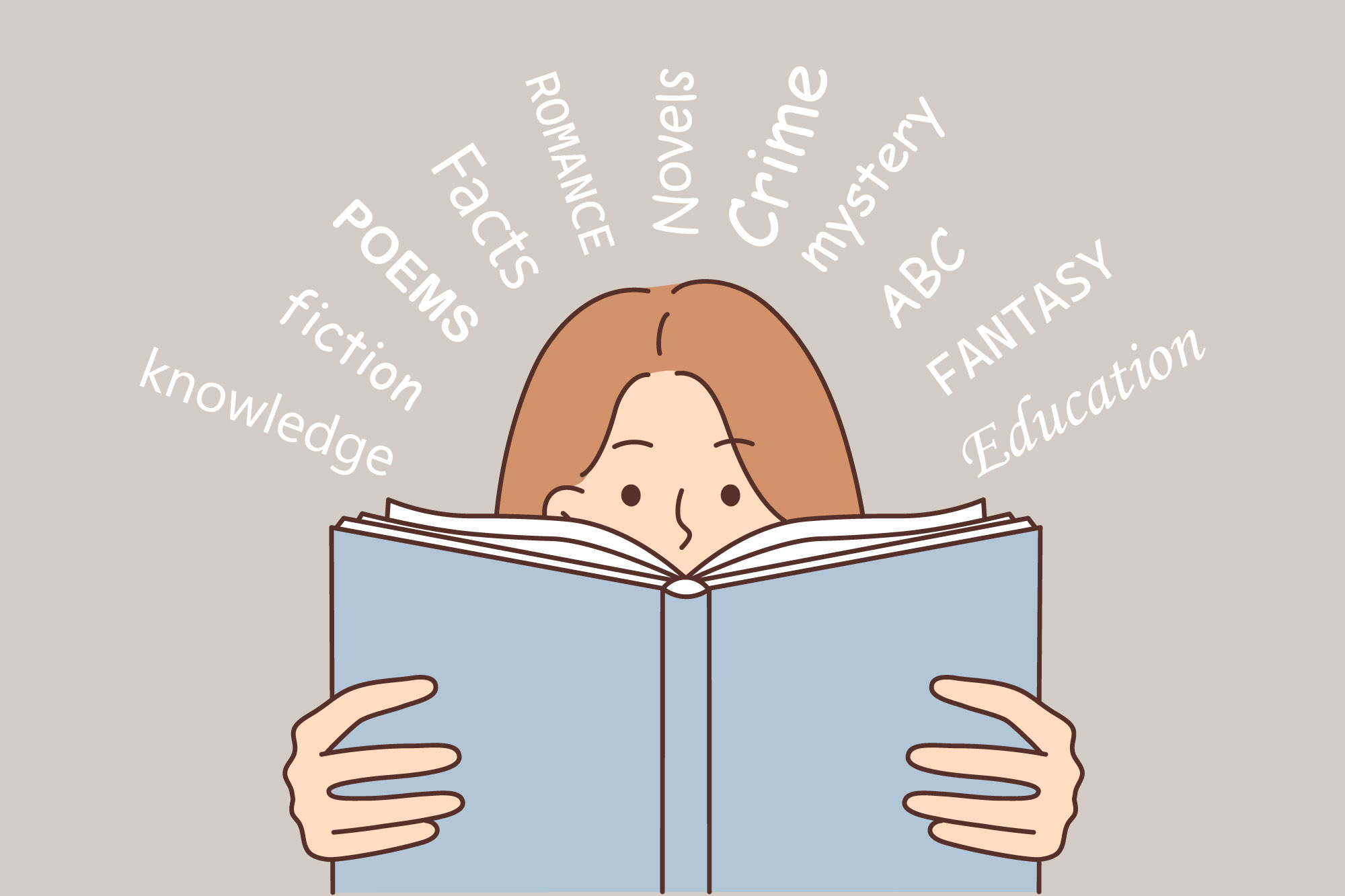![]()
Understanding Chess Notation
Chess notation is a system of writing down chess moves in a game. It’s a universal language that allows players from any part of the world to understand and analyse games. The most commonly used form of notation in the 21st century is Algebraic Notation.
Algebraic Notation
Algebraic Notation is a method of recording chess moves, using the unique letter and number associated with the square. Here’s how it works:
- Each piece is identified by a letter: King (K), Queen (Q), Rook (R), Bishop (B), and Knight (N). Pawns are not given a capital letter.
- The files (columns) are identified by the letters a through h: ‘a’ being the left-most file (from White’s perspective), and ‘h’ being the right-most.
- The ranks (rows) are identified by the numbers 1 through 8: ‘1’ being the rank closest to White and ‘8’ being the rank closest to Black.
- A move is noted by the piece letter (except pawns) followed by the destination square. For example, Nf3 means a knight moved to the square f3.
- Pawn moves are noted by the destination square only. For example, if a pawn moves to e5, it is noted as e5.
- Captures are denoted by ‘x’. For example, Bxf3 means a bishop captured the piece on f3.
- Check is denoted by ‘+’ and checkmate by ‘#’.
Special Moves Notation
Chess notation also has symbols for special moves:
- Castling: O-O for kingside castling and O-O-O for queenside castling.
- En Passant: The abbreviation “e.p.” is used to denote en passant, but it’s not always required.
- Pawn Promotion: When a pawn reaches the 8th rank and is promoted, the move is noted by appending the initial of the piece to the destination square, e.g., e8=Q or e8Q.
Annotating a Game
Annotated games include comments, observations, and often variations enclosed in parentheses. You might also come across symbols used to comment on moves. Some common symbols include:
- !: A good move.
- !!: An excellent move.
- ?: A mistake.
- ??: A blunder.
- !?: An interesting, potentially good move.
- ?!: A dubious move.
Being fluent in chess notation is not just about writing down moves. It’s about following along with game commentary, studying classic games, sharing your own games, and even playing blindfold chess. It’s like learning the language of chess, and it’s a language spoken by chess enthusiasts worldwide. In the next chapter, we’ll delve into some practical tips to improve. Until then, keep practicing and enjoy the game!








